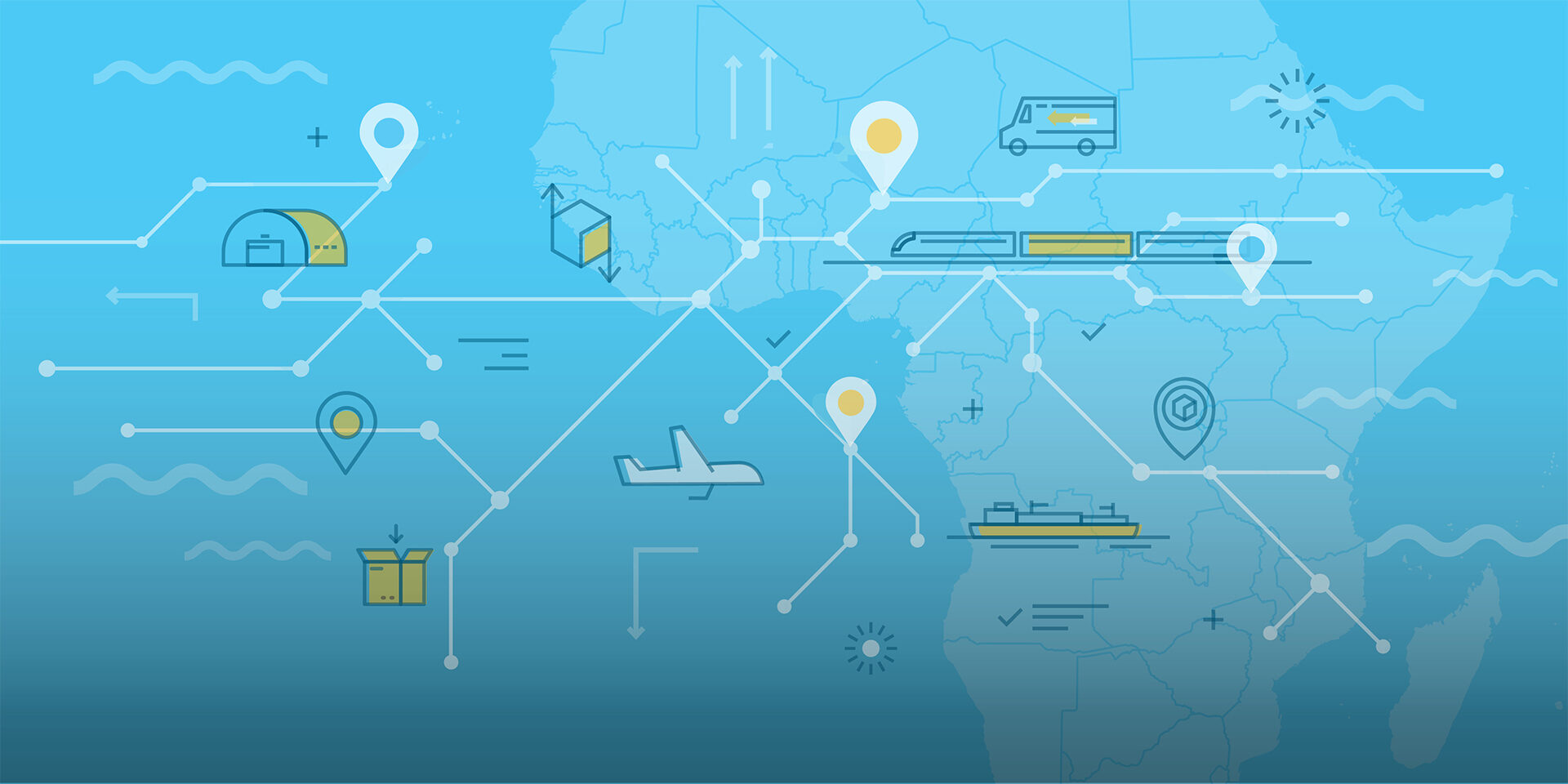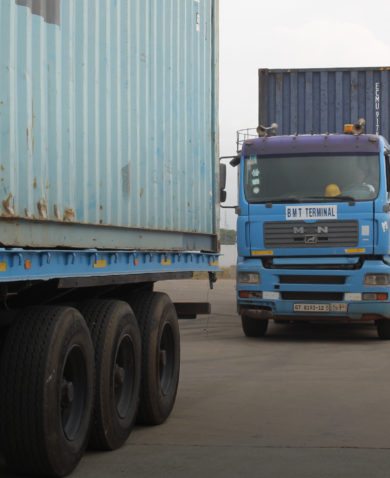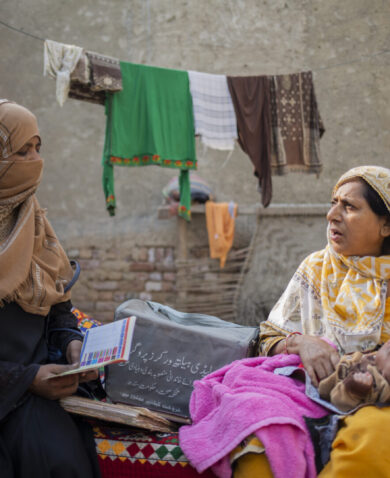
Where in the World Are Those Private Sector Partners?
March 4, 2021 | 4 Minute ReadRegional mapping in West and Central Africa is helping find public-private partnerships opportunities in the global health supply chain.
As the countries of West and Central Africa struggle with ongoing health challenges such as a recent Ebola outbreak, one of the highest HIV/AIDS burdens in the world, and a fractured health infrastructure, many actors in the health supply chain remain unaware of what organizations and private companies already exist to provide valuable global health supply chain services in the region. Without an adequate understanding of providers and the services they offer, funders and implementers alike are unable to make informed decisions in provider selection and miss out on valuable opportunities for collaboration and information sharing. This is why the USAID Global Health Supply Chain – Technical Assistance (GHSC-TA) Francophone Task Order (TO) is developing tools to address the region’s supply chain challenges by mapping potential partners in the region and helping the public and the private sector find each other.
Prior to some of the recent efforts, there was no available mapping of the private sector capacity in various countries in the West Africa region that could be leveraged to promote sustainable supply chain systems. To make matters worse, the health supply chain in the region is heavily reliant on the public sector and international organizations, excluding the untapped potential of the private sector to solve some of the health and supply chain challenges in the region.
The current framework is also fragmented at the central level between the three disease programs, HIV/AIDS, Tuberculosis, and malaria, and it creates an unnecessary burden on health service delivery functions at the regional, district, and facility levels, due to uncoordinated requests for financial reporting and data, leading to oversight across supply chain activities. Identifying the health supply chain service gaps in each country allows public sector actors and implementing partners to meet the need for technical assistance and private sector strengthening for each country, which is why mapping them to get an idea of where they are and what they can offer is so important.
Mapping Uncharted Territory
The first step to building these tools is understanding the specifics of the existing health supply chain networks, the entities responsible for healthcare procurement in the public sector, and key stakeholders including other public sector actors like other NGOs. The GHSC-TA Francophone TO also identified key private sector players like TEDIS Pharma, Merck, and Bolloré that work with the public sector. These stakeholders have a presence in the region and can therefore contribute to capacity building when providing public sector services because they hire local staff for implementation. The project identified these by doing desk research and asking regional partners and initiatives like the Association of Central African Purchases of Essential Medicines (ACAME) and the Bill and Melinda Gates Foundation-funded Africa Resource Centre (ARC).
Developing Inventory and Catalogue Tools
The first of the two tools that that project created Is the Health Supply Chain Organizational Inventory, which maps the main organizations, institutions, and networks in the health supply chain that are currently active in the Francophone region of West and Central Africa. This interactive database allows users to search for key regional entities, their supply chain technical focus, location(s) within the region, contact details, and more.
The second tool that the GHSC-TA Francophone TO developed is the Service Provider Catalogue, which compiles providers with specific capacities and skills to provide technical assistance and capacity building services in the supply chain in the region, including forecasting and supply planning, procurement, warehousing and inventory management, transportation and distribution, logistics management information systems, quality assurance, governance and finance, monitoring and evaluation, human resources capacity building, and waste management.
Knowing Where to Look
So far, the project has identified 113 public sector organizations and 205 private service providers involved in the health supply chain in the 13 countries of West and Central Africa. The data gathered by the project shows that 68 percent of service providers are based in just four countries: Benin, Cameroon, Togo, and Tunisia. Additionally, some supply chain services are readily available in the region, while others are not. The development of the tool laid bare the fact that the vast majority of the 205 companies surveyed offered transportation and distribution or procurement services, whereas less than 3 percent self-identified as providing financial services, waste management, or inspections services.
This is important as it shows that local private sector companies can offer a wide range of supply chain technical services that are not fully being utilized, which can help the public sector identify the gaps and prioritize areas for assistance. For example, because there is gap in private sector financial service providers, other stakeholders in the public sector can step in while also taking a back seat for services in the transportation area because there are plenty of private sector actors that can meet that demand. These tools will allow national governments as well as private sector providers see the supply chain areas in their countries that require extra attention for capacity building.
Scalable Tools Building a Sustainable Supply Chain
The Health Supply Chain Organizational Inventory and the Service Provider Catalogue tools will ideally be updated annually by the project’s regional partners with a permanent presence in the region including ACAME, West African Economic and Monetary Union (UEMOA), and the West African Health Organization (WAHO), so stakeholders have the most up-to-date information on potential partners and collaborators.
Coordination and collaboration is critical to addressing the existing data-visibility gap in West Africa – and in other regions – as it allows public and private sector actors to find each other and build partnerships that address global supply chain pain points such as service redundancies, shipment delays, and medical commodity stock-outs. A map that identifies potential partners in the region is a great visualization tool that can lead to informed decision-making and better address the ongoing health challenges in the region by fostering partnerships and strengthening a network of actors that can meet regional health needs for the foreseeable future.
Posts on the blog represent the views of the authors and do not necessarily represent the views of Chemonics.
































